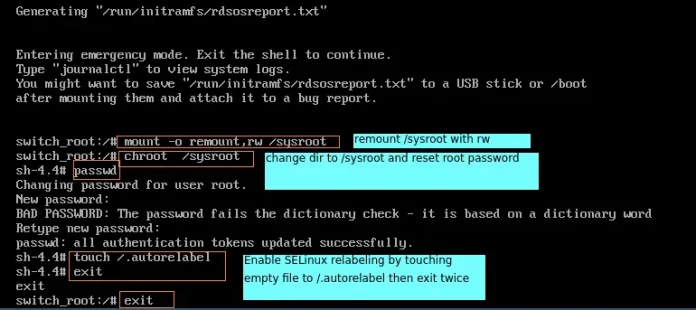Visualizing algorithms makes it easier to understand them by analyzing and comparing the number of operations that took place to compare and swap the elements. 3D visualization of algorithms is less common, for this we will use Matplotlib to plot bar graphs and animate them to represent the elements of the array.
Let’s see the 3D Visualizations of Quick Sort:
Approach:
- We will generate an array with random elements.
- The algorithm will be called on that array and yield statement will be used instead of return statement for visualization purposes.
- We will yield the current states of the array after comparing and swapping. Hence, the algorithm will return a generator object.
- Matplotlib animation will be used to visualize the comparing and swapping of the array.
- We will then plot the graph, which will return an object of Poly3dCollection using which further animation will be done.
Below is the implementation:
Python3
# importing all required modulesimport matplotlib.pyplot as pltfrom matplotlib.animation import FuncAnimationfrom mpl_toolkits.mplot3d import axes3dimport matplotlib as mpimport numpy as npimport random# quicksort functiondef quicksort(a, l, r): if l>=r: return x=a[l] j=l for i in range(l+1, r+1): if a[i]<=x: j+=1 a[j], a[i] = a[i], a[j] yield a a[l], a[j]=a[j], a[l] yield a # yield from statement used to yield # the array after dividing yield from quicksort(a, l, j-1) yield from quicksort(a, j+1, r)# function to plot barsdef showGraph(): # for random unique values n=int(input("enter array size\n")) a=[i for i in range(1, n+1)] random.shuffle(a) datasetName='Random' # generator object returned # by the function generator = quicksort(a, 0, n-1) algoName='Quick Sort' # style of the chart plt.style.use('fivethirtyeight') # set colors of the bars data_normalizer = mp.colors.Normalize() color_map = mp.colors.LinearSegmentedColormap( "my_map", { "red": [(0, 1.0, 1.0), (1.0, .5, .5)], "green": [(0, 0.5, 0.5), (1.0, 0, 0)], "blue": [(0, 0.50, 0.5), (1.0, 0, 0)] } ) fig = plt.figure() ax = fig.add_subplot(projection='3d') # z values and positions of the bars z = np.zeros(n) dx = np.ones(n) dy = np.ones(n) dz = [i for i in range(len(a))] # Poly3dCollection returned # into variable rects rects = ax.bar3d(range(len(a)), a, z, dx, dy, dz, color = color_map(data_normalizer(range(n)))) # setting and x and y limits # equal to the length of the array ax.set_xlim(0, len(a)) ax.set_ylim(0, int(1.1*len(a))) ax.set_title("ALGORITHM : "+algoName+"\n"+"DATA SET : "+datasetName, fontdict={'fontsize': 13, 'fontweight': 'medium', 'color' : '#E4365D'}) # text to plot on the chart text = ax.text2D(0.1,0.95, "", horizontalalignment = 'center', verticalalignment = 'center', transform=ax.transAxes, color = "#E4365D") iteration = [0] # animation function to be # repeatedly called def animate(A, rects, iteration): # to clear the bars from # the Poly3DCollection object ax.collections.clear() ax.bar3d(range(len(a)), A, z, dx, dy, dz, color = color_map(data_normalizer(range(n)))) iteration[0] += 1 text.set_text("iterations : {}".format(iteration[0])) # animate function is called here # and the generator object is passed anim = FuncAnimation(fig, func=animate, fargs = (rects, iteration), frames = generator, interval=50, repeat=False) # show the plot plt.show()# function callshowGraph() |
Output:
For array size 20




